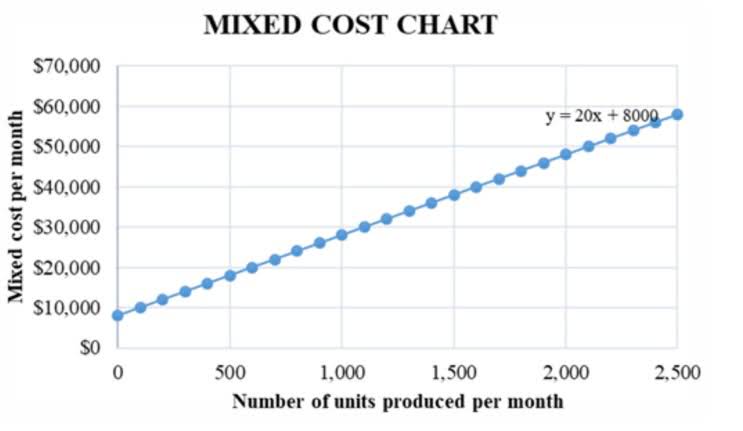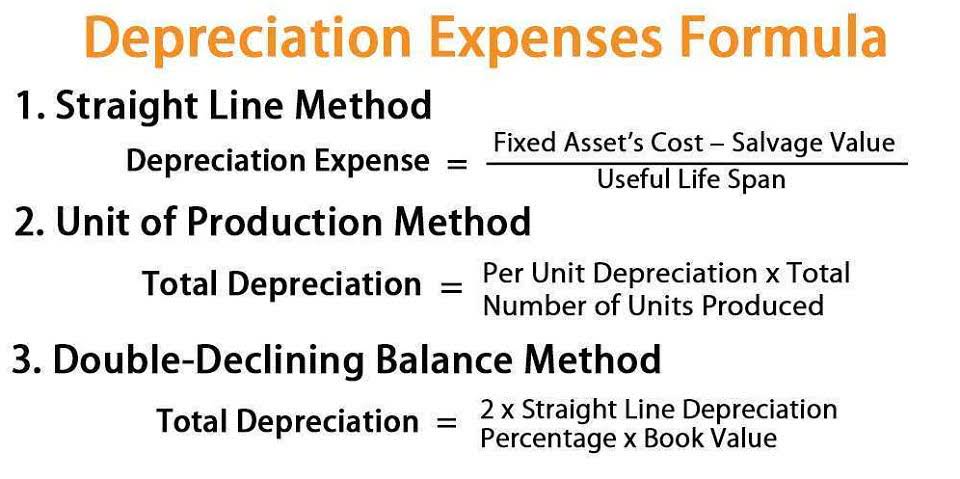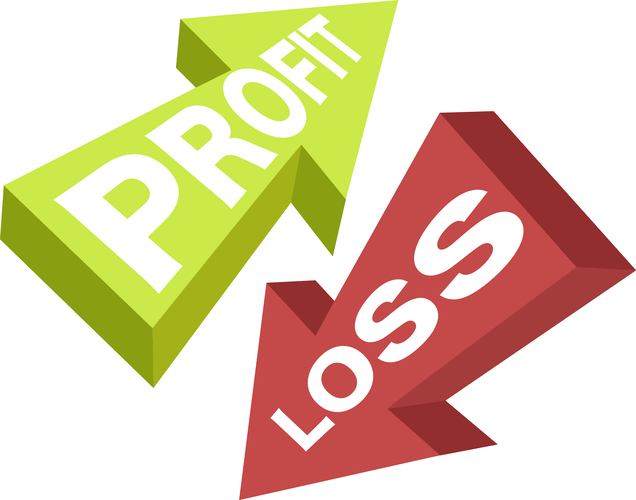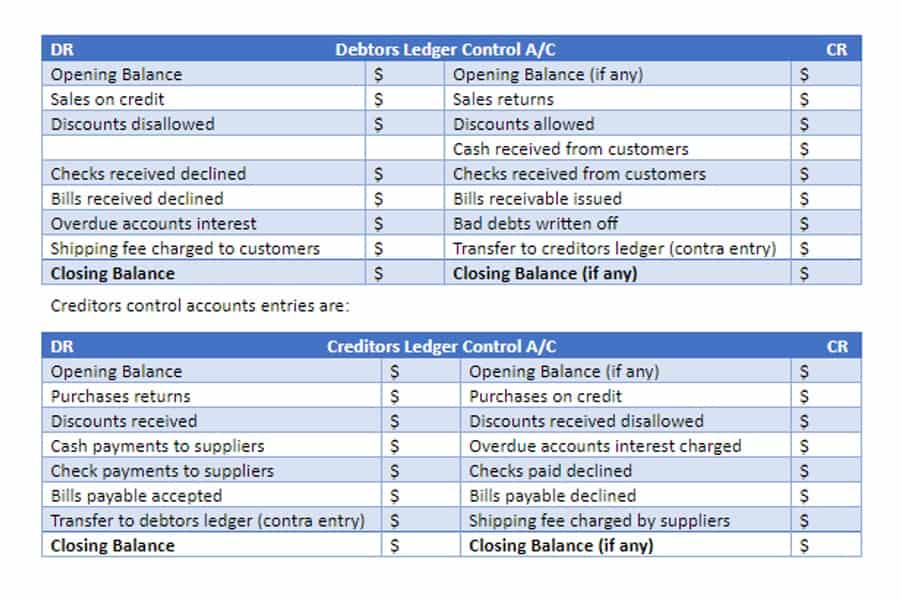
Depending on the company and the engineer’s speciality, this may include developing new hardware, testing and optimizing the hardware, and overseeing the production and manufacturing of the hardware. Physicians—also known as doctors—are responsible for providing medical care to their patients. Historically, systemic racism and sexism have limited access to high-paying jobs for women and people of color.
According to the Bureau of Labor Statistics, the jobs that receive wages equal to or greater than $208,000 per year on average in alphabetical order. PR managers accomplish these goals using a variety of strategies, including building and maintaining media relationships, writing press releases, and running “damage control” to minimize the impact of negative press. A degree in actuarial science (which focuses on using math and statistical modeling to assess risk) or a related field (such as math or statistics) is a must. Plus, actuaries need to pass a series of rigorous exams over the course of several years in order to be certified to do the job by the Casualty Actuarial Society (CAS) or the Society of Actuaries (SOA).
Architectural or Engineering Manager
Typically, they hold a bachelor’s degree in business management or a related field. A petroleum engineer’s job is to find and extract oil and gas from underneath the earth’s surface. Marketing managers are responsible for promoting a product, service, event, brand, or organization. Marketing managers can be generalists or choose to become specialists in one type of marketing, such as email, content, or search engine optimization. Architectural and engineering managers plan, oversee, and direct projects and activities for companies in the architectural and/or engineering spaces. Dental specialists are any medical professionals who work with the teeth, gums, and mouth.
- Petroleum engineers are in charge of extracting oil and gas from below the Earth’s surface.
- A bachelor’s degree is a prerequisite, and specific requirements may also exist within specific concentrations of aerospace engineering.
- Some pursue further training in subspecialties like forensic psychiatry or adolescent psychiatry, and most pursue board certification.
- These specialized architects design intranets, local area networks, and wide area networks.
- A financial manager is tasked with developing strategies to meet a company’s long-term financial goals.
- NPs can work with doctors or independently to examine, diagnose, provide guidance to, and treat patients.
Software developers, who are responsible for designing computer applications or programs, usually need a bachelor’s degree in computer and information technology or a similar field. A bachelor’s degree is a prerequisite, and specific requirements may also exist within specific concentrations of aerospace engineering. For example, aerospace engineers working on national defense projects may require particular security clearance and prove U.S. citizenship. An industrial production manager ensures that workers meet goals, writes production reports, and keeps workflow on schedule. Most managers earn a bachelor’s degree and occasionally pick up extra certifications, such as a Certified in Production and Inventory Management designation.
Computer and information research scientists
Orthopedic surgeons “diagnose and perform surgery to treat and prevent rheumatic and other diseases in the musculoskeletal system,” according to the BLS. The most important thing you’ll need to succeed as a software developer is coding skills. So whether you learn to code through a comp sci degree, a coding bootcamp, or self instruction, for most gigs, it doesn’t really matter; as long as you have the skills—and can prove it during a technical interview—you should be able to land a job. Software developers (also known as software engineers) design, code, test, and develop software, whether that’s an enterprise software solution serving a giant corporation or a consumer-facing mobile app used by individuals.
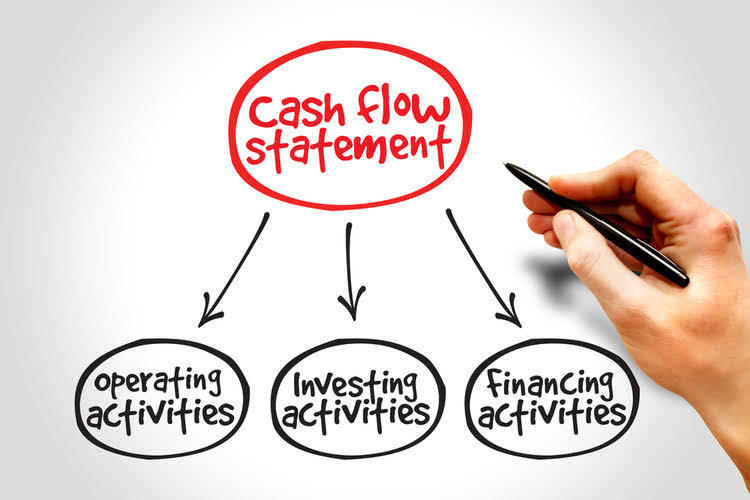
Like other physicians, they must complete medical school and necessary postsecondary training. Applying key psychological theories to human resources, sales, and business departments to improve efficiency has made industrial-organizational psychology one of America’s fastest-growing jobs, according to ABC News. Most psychologists specializing in industrial organization hold a master’s or doctorate degree.
#63. Engineering teachers, postsecondary
Among the practitioners included in this category are endodontists, who perform root canals and other procedures dealing with the inside of the tooth, and periodontists, who treat the gums and bones around the teeth. Working in the aviation industry can mean a lot of time away from home, but it also leads to a nice paycheck in many cases. A Harvard Business Review survey found that the average CEO spends 62.5 hours per week on the job, with about half their time spent in the office and half traveling. Clinical settings include physicians’ offices and hospitals; nonclinical settings include government agencies, nonprofit organizations, and insurance companies.
- Deploying knowledge of electronic theory and materials properties, electronics engineers not focusing on computers are responsible for electronic systems in commercial, scientific, industrial, and military use.
- Entry-level jobs in this field require a bachelor’s degree, with preference given to graduates of schools with an Accreditation Board for Engineering and Technology program.
- Ophthalmologists diagnose and perform surgery to treat and help prevent disorders and diseases of the eye.
- Postsecondary law teachers specialize in teaching law courses after obtaining a law degree or doctorate.
Postsecondary education administrators have varying duties depending on school size. For example, at smaller schools, these administrators may handle athletics and oversee academics and faculty research. Most postsecondary education administrators have a master’s degree in a field like social work or marketing, but it is not unheard of for small schools to occasionally hire administrators with only a bachelor’s degree. That said, a dean of a school, for example, needs a higher level of education—typically a doctorate—to take on that role. The latest employment projection data published by the Bureau of Labor Statistics in early September highlights which occupations may see employment growth and declines from 2022 to 2032.
Market research analysts and marketing specialists
Many work at computer design companies or at insurance companies or schools or universities, institutions that have large databases. Political scientists study political systems and research governments, policies, and trends in both U.S. politics and foreign relations. Many political scientists hold a master’s degree or doctorate in political science or focus postgraduate studies in public administration or public policy.
Management consultants can work for the company they’re evaluating, but more often, they work for an outside firm called a management consultancy or as independent contractors. Delivery Drivers again take second place, with 222,369 open positions with this job title in 2022. Sales Support Assistant, highest paying jobs Customer Service Representative and Delivery Trucker round out the top five roles with the biggest vacancies. Pilots do more than navigate aircraft; they also master specialized flight software and maintain flight logs, all while performing customer service to hundreds of passengers per day.
Physicians (all other)
Some managers earn a bachelor’s degree in computer or information science, after which they may also earn a Master of Business Administration. These law enforcers provide courtroom arbitration, advice to legal counsel, and the administration of justice in a court of law. In criminal cases, judges, magistrate judges, and magistrates can issue sentences; in civil cases, they determine defendant liability. Podiatrists are physicians specializing in medical care for foot, ankle, and lower leg problems.
